The Five Main Salmon
Salmon is valued by its fat content, which always
corresponds with richness in the mouth (though not invariably
with best flavor). Here are the five major Pacific salmon
varieties, listed in order of richness:
King (chinook). The lushest fresh salmon, king is the highest in fat and usually the most expensive, prized for its silken, melting texture, which is almost like smoked salmon.
Sockeye (red). With a deep, natural color, sockeye is lower in fat but still high overall, allowing the flavor to better come through. Many salmon lovers, including me, consider this the best salmon-eating experience.
Coho (silver). A comer, according to Bill Webber and Thea Thomas, independent Cordovan fishermen. It’s already prized by sport fishermen for its fight, and soon, the Cordovans hope, by diners for its mild but distinctive flavor. The most widely available autumn fresh salmon.
Pink (humpback). So delicate and pale that Thomas compares it to sole—which she does not mean as a compliment. She recalls a tasting for food writers at which many rated pink the highest. “How could they?” she asks. The likely answer: “A lot of these people had never had salmon in their life.”
Chum (dog). Like pink, chum is fished in high numbers and is lower in fat than other varieties; when it spawns in intertidal waters, it doesn’t need to build up energy to swim upstream. Its roe, however, is the most valued of the five varieties, because of its size and flavor. After being strained and separated, the eggs make particularly good ikura— the fat, bright-orange pearls familiar in sushi rolls.
King (chinook). The lushest fresh salmon, king is the highest in fat and usually the most expensive, prized for its silken, melting texture, which is almost like smoked salmon.
Sockeye (red). With a deep, natural color, sockeye is lower in fat but still high overall, allowing the flavor to better come through. Many salmon lovers, including me, consider this the best salmon-eating experience.
Coho (silver). A comer, according to Bill Webber and Thea Thomas, independent Cordovan fishermen. It’s already prized by sport fishermen for its fight, and soon, the Cordovans hope, by diners for its mild but distinctive flavor. The most widely available autumn fresh salmon.
Pink (humpback). So delicate and pale that Thomas compares it to sole—which she does not mean as a compliment. She recalls a tasting for food writers at which many rated pink the highest. “How could they?” she asks. The likely answer: “A lot of these people had never had salmon in their life.”
Chum (dog). Like pink, chum is fished in high numbers and is lower in fat than other varieties; when it spawns in intertidal waters, it doesn’t need to build up energy to swim upstream. Its roe, however, is the most valued of the five varieties, because of its size and flavor. After being strained and separated, the eggs make particularly good ikura— the fat, bright-orange pearls familiar in sushi rolls.

.jpg)




 Alaska Time
Alaska Time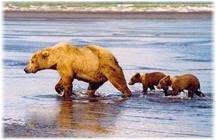








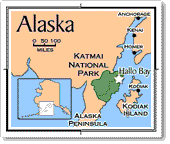




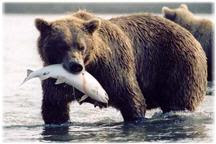





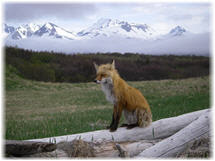


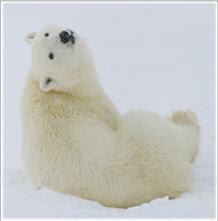













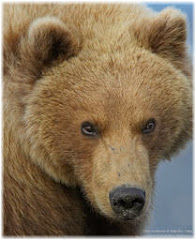




No comments:
Post a Comment